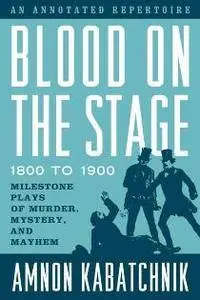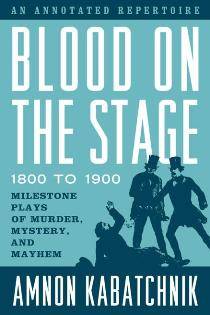Blood on the Stage, 1800 to 1900 :
Milestone Plays of Murder, Mystery, and Mayhem
by Amnon Kabatchnik
English | 2017 | ISBN: 1538106175 | 737 Pages | PDF | 2.75 MB
Milestone Plays of Murder, Mystery, and Mayhem
by Amnon Kabatchnik
English | 2017 | ISBN: 1538106175 | 737 Pages | PDF | 2.75 MB
The history of theater is rife with tales of crime, suspense, and murder. The nineteenth century was no exception. Notable hallmarks of transgression drama during this century included the introduction of the melodrama, the first American musical, the debut of stage detectives, and the emergence of several hit plays focusing on real-life murderers (including the infamous Sweeney Todd).
In Blood on the Stage, 1800 to 1900: Milestone Plays of Murder, Mystery, and Mayhem, Amnon Kabatchnik completes his seven-volume exploration of theater's darkest works with an overview of more than fifty blood-splattered plays of the nineteenth century. Among the plays discussed here are many literary adaptations, including theatrical versions of Uncle Tom's Cabin, East Lynne, Lady Audley's Secret, The Woman in White, Frankenstein, and several featuring Sherlock Holmes appearances. Many of the era's most notable playwrights are represented here, including Emile Zola, Honore de Balzac, Wilkie Collins, Anna Katharine Green, and William Gillette, as well as plays by authors better known for their other works, including Victor Hugo, Alexandre Dumas, Pere, Charles Dickens, Leo Tolstoy, and Robert Louis Stevenson.
This volume cites works by writers from all over the world, including England, Ireland, Scotland, France, Germany, Russia, Norway, and the United States. Each entry is presented chronologically and includes plot synopsis, production data, opinions by critics and scholars, and biographical sketches of playwrights and key actors. Blood on the Stage, 1800 to 1900 will be of interest to theater scholars, researchers, and theater lovers alike.



